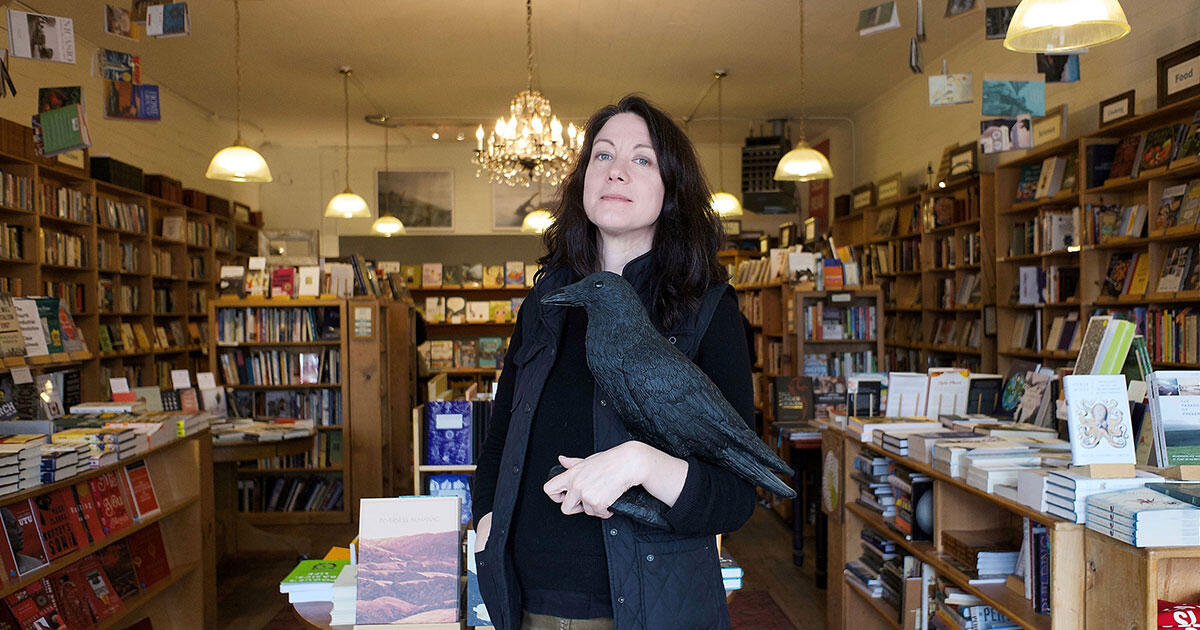
Karen Schechner

Emma Grove Emma Grove opens her graphic memoir, The Third Person, with a therapy session already underway. We don’t know anything about the therapist’s intentions or the patient’s reliability or even her hold on reality, but something definitely seems off. The rest of the doorstopper memoir about Grove’s life as a trans woman with dissociative identity disorder (complete with “alters,” or distinct personalities) unfolds similarly—as a transfixing psychological puzzle. Grove’s candor adds to the intrigue. She states up front that she doesn’t embellish her recollections: “As much of this as possible has been retained to give an entirely accurate 
Bett Williams. Photo: Beth Hill If mushrooms are having a moment, psilocybin mushrooms are having their own red-carpeted star turn. Multiple double-blind studies conducted at Johns Hopkins University, which has its own Center for Psychedelic and Consciousness Research, have shown how psilocybin mushrooms, administered in hours-long, therapist-guided sessions (with a playlist), have helped those with depression, various types addiction, fear of death. Microdosing is widespread, and psilocybin mushrooms have been decriminalized in Oregon and various cities around the country. Bett Williams recounts her own “psilocybin odyssey” in her new memoir, The Wild Kindness. The field of psychedelics is dominated 
Helen Macdonald. Photo: Bill Johnston Jr. In the introduction to Helen Macdonald’s new collection of nature essays, Vesper Flights, she describes a trend in sixteenth-century European palaces and halls—Wunderkammer. These were ornamental display cabinets, similar to Joseph Cornell’s shadow boxes, filled with “natural and artificial things together on shelves in close conjunction,” like coral, fossils, miniature paintings, tiny instruments. Macdonald’s aim was to replicate the experience of Wunderkammer in her book. She so successfully achieves her goal, we wander around Vesper Flights amazed by flocks of songbirds migrating over the Empire State Building or a swift whose mouth is 
Oliver Sacks and Lawrence Weschler Lawrence Weschler, a former staff writer at the New Yorker and director emeritus of the New York Institute for the Humanities, has a genius for spotting “convergences,” concepts that mirror other concepts and yield electric connections—like the way Lee Friedlander’s photo of a winter tree rhymes with both the capillaries in an eyeball and with Ruth Asawa’s tied-wire sculptures. In And How Are You, Dr. Sacks?, subtitled A Biographical Memoir of Oliver Sacks, a rich, wry pleasure, Weschler uses this talent for dot-connecting to portray neurologist and author Oliver Sacks. He considers the multiple